Ah, Ethiopia! My heart swells just thinking about that beautiful African country!
The music and dance that pulse through the streets, the heavenly aromas of the food and coffee, and the sight of those pretty yellow Meskel daisies are just a few of the things that define this amazing culture. The people are truly beautiful inside and out, and the landscapes are simply breathtaking. And let’s not forget the colourful costumes and warm hospitality that make Ethiopia a truly unique experience.
Ethiopian Coffee Ceremony; A Gesture of Hospitality

Nothing symbolizes hospitality more than the Coffee Ceremony in Ethiopia. It is an age-old tradition where people come together to enjoy the beloved coffee or “Bunna”. The ambience is set with the soft sound of traditional music and the aroma of frankincense. Guests are seated on pillows or grass floors, strewn with colourful flowers, while the hostess performs an elaborate coffee-making ceremony. The delicate process involves roasting, grinding, and brewing fresh coffee beans in a ‘jebena’ coffee pot over charcoal. The rich, aromatic coffee is served in small cups without handles.
Guests are offered three rounds of coffee, with a special significance. The first round, called ‘Abol’, is a sign of respect and hospitality. The second round, ‘Tona’, represents friendship, while the third round, ‘Baraka’, is served for blessings and good luck.
Legend has it that the tradition originated from a shepherd who noticed the energizing effects of a certain plant on his goats. It is impolite for guests to refuse the first round of coffee, and they are expected to savour the coffee slowly and compliment the hostess on her skill and hospitality. Nothing can beat the happiness of watching homemade coffee being brewed. The heavenly aroma of freshly roasted beans, from the birthplace of coffee cannot be expressed in words!
Eating Traditions of Ethiopia
In Ethiopia, the act of sharing food is a way of life. The communal eating tradition involves guests sitting around a large platter called gebeta, where food is served and eaten using hands or cutlery. Leaving a small amount of food on the plate is a sign of respect to the host, indicating that you were served enough food. It is customary to eat with your right hand and be respectful to others by avoiding burping or talking with a full mouth. Being offered more food is common. Washing hands before and after a communal meal is also an important ritual. A family member brings a basin, soap and water jug to the guests, and pours water little by little for washing their hands. Communal eating is one of my favourite customs in Ethiopia, as it transcends class divides. It is lovely to see people of all classes and from all walks of life, sitting together on the floor and sharing a meal, laughing and picking up a conversation.
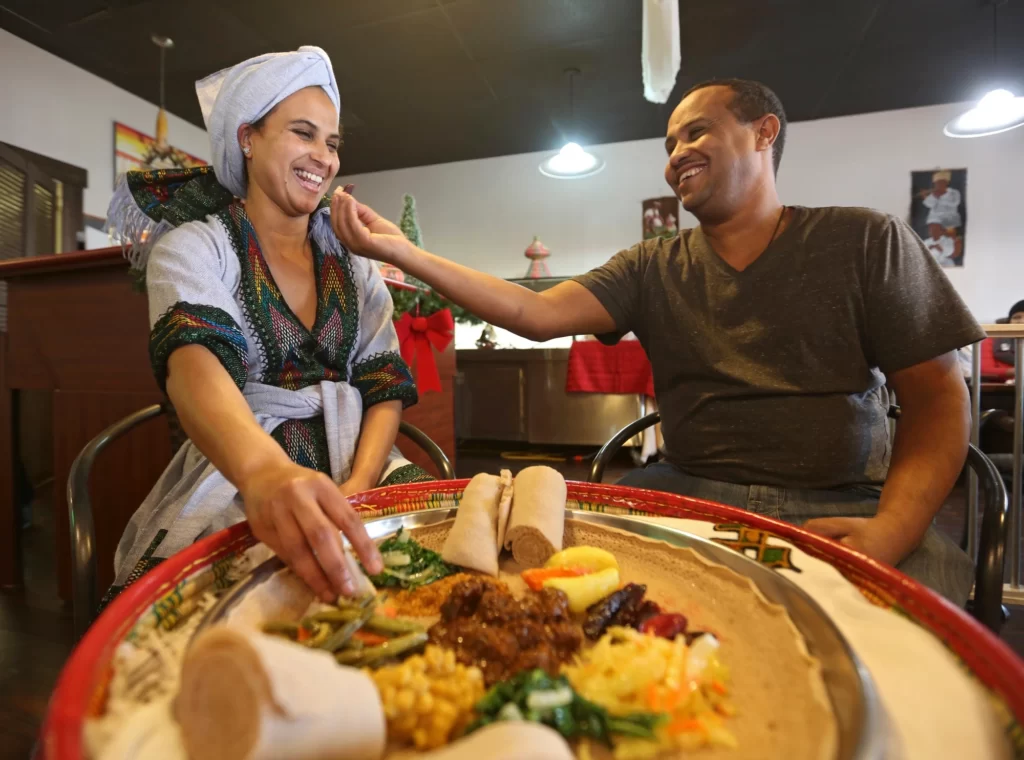
One of the most endearing gestures is the “Gursha,” where the host serves a morsel of food to the guest using their hand. This intimate custom is a sign of trust, appreciation, and social bonding. The injera, a traditional Ethiopian flatbread, is used to scoop up side dishes and then offer them to the person who directly eats from the host’s hand. Gurshas are usually offered as one or three, creating an opportunity to enjoy the food, bond with others, and create memories that will last a lifetime.
Traditional greetings
There are traditional customs for greeting guests In Ethiopia. The most common formal greeting is a light handshake with direct eye contact. Acquaintances may accompany the handshake by tapping on the shoulders and touching the shoulders like a half-hug. Family and close friends usually kiss to greet each other; which involves touching each cheek with the other person’s cheeks while making a kissing sound, followed by a hug. Usually, three kisses are exchanged, showing warmth and hospitality. It is expected to inquire about the person’s family, health, job, etc. Elders are greeted first, usually with a small bow of the head. It is also common to show respect and deference to elders and important people by kissing their hands or shoulders or touching their forehead.
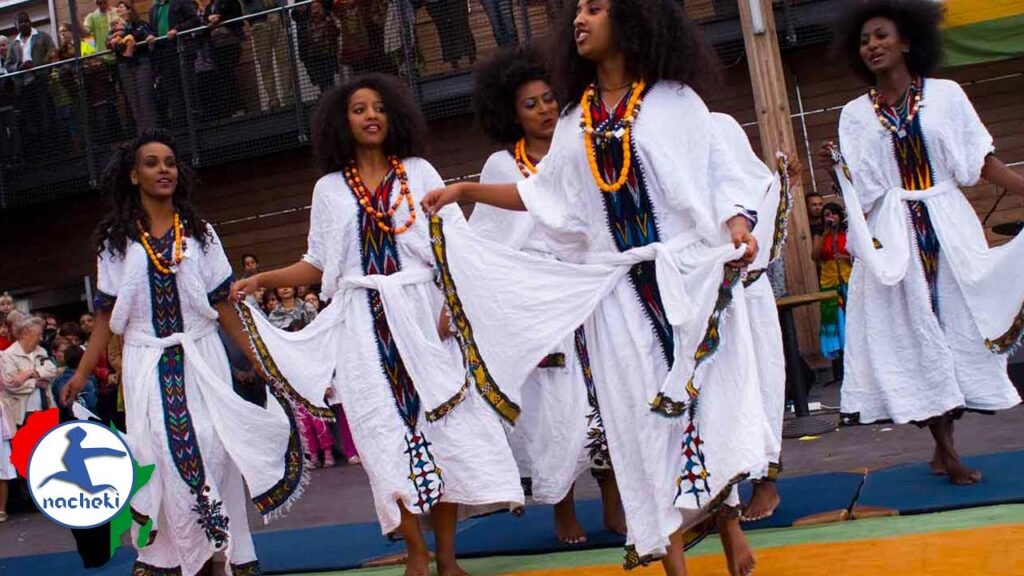
Dance and music are the essence of Ethiopian culture, and play an important part in most customs and rituals. Ethiopian music is characterized by unique rhythms and melodies and is an essential part of all festive occasions. Eskista is a traditional dance style that involves intense shoulder movements and chest popping.
If you haven’t added Ethiopia to your bucket list yet, trust me, you should! It is a must-visit place; you won’t regret it!





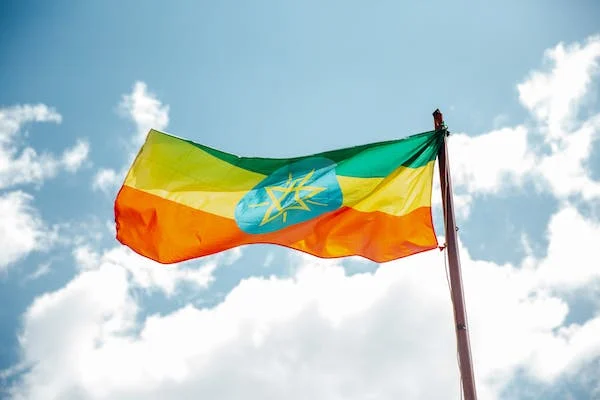

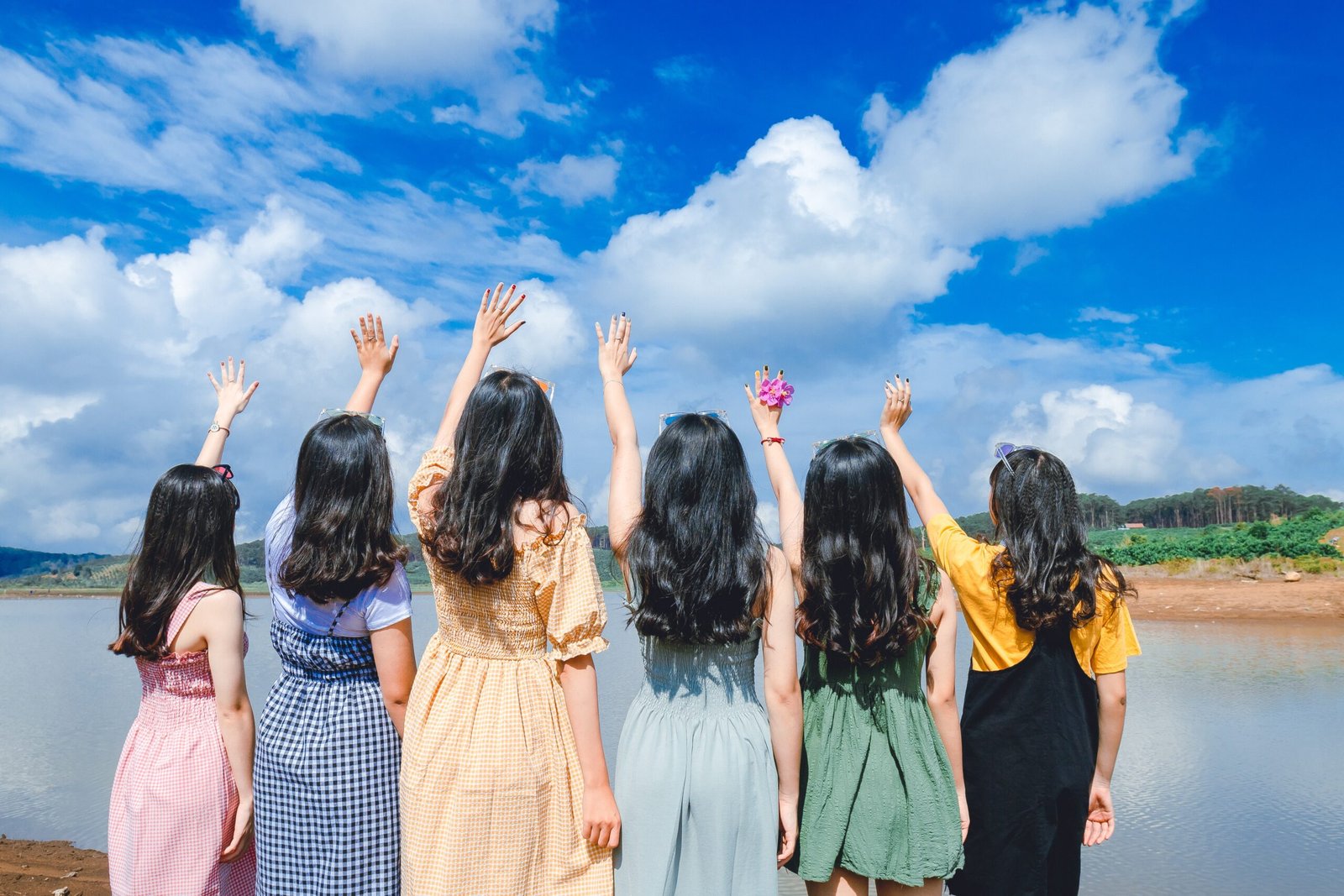


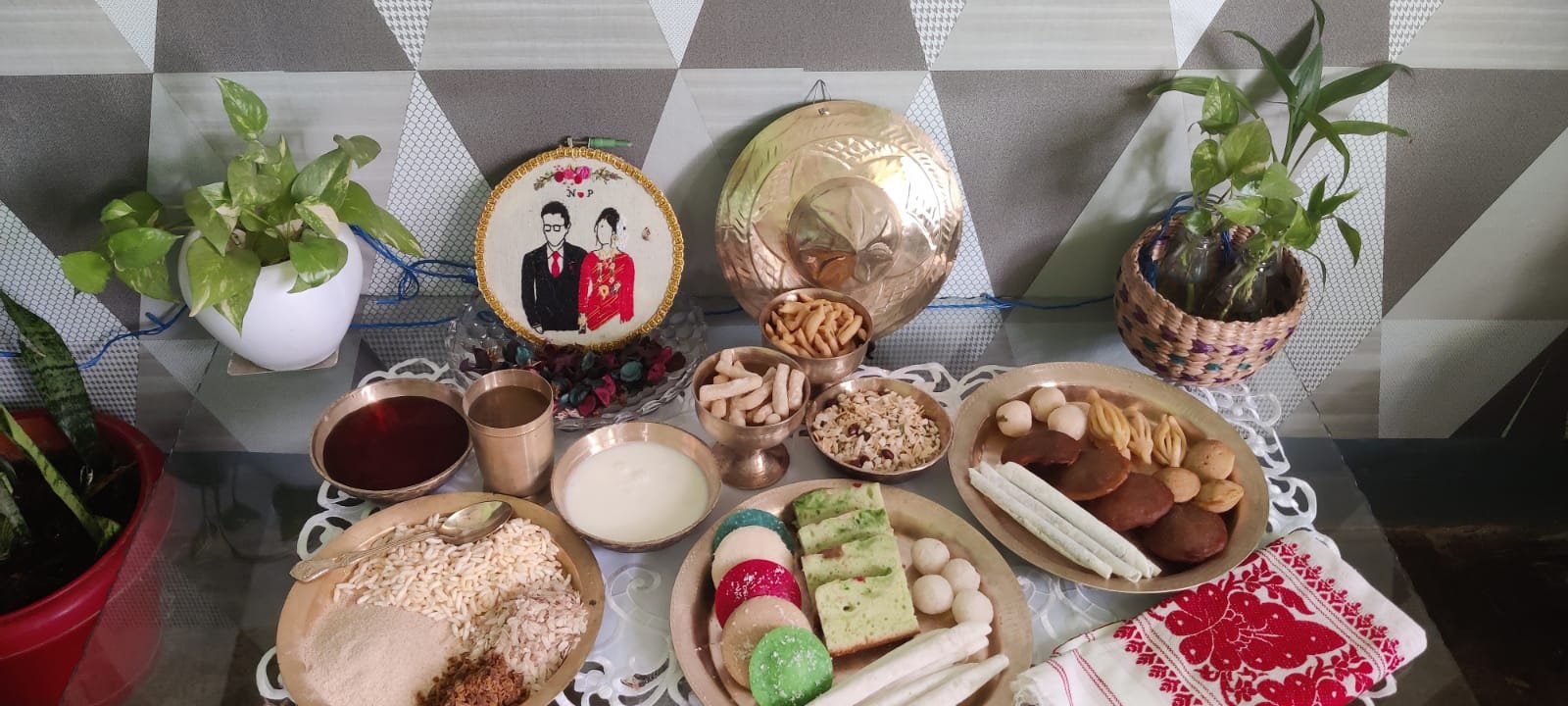






3 Responses
Today is very busy day.l am preparing for our family 2 day outdoor Vagamon trip. In the evening we all gather at Google cloud.
I read the first part of Ethiopian hospitality.It is amazing and very touching.I will comment later
I love Ethiopian food but never knew so much of detail on the customs. Many a times the flavours reminded of food from South India. Thank you for all these detail, Deepa.
Interesting information.